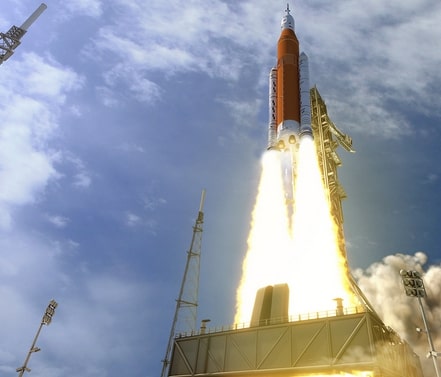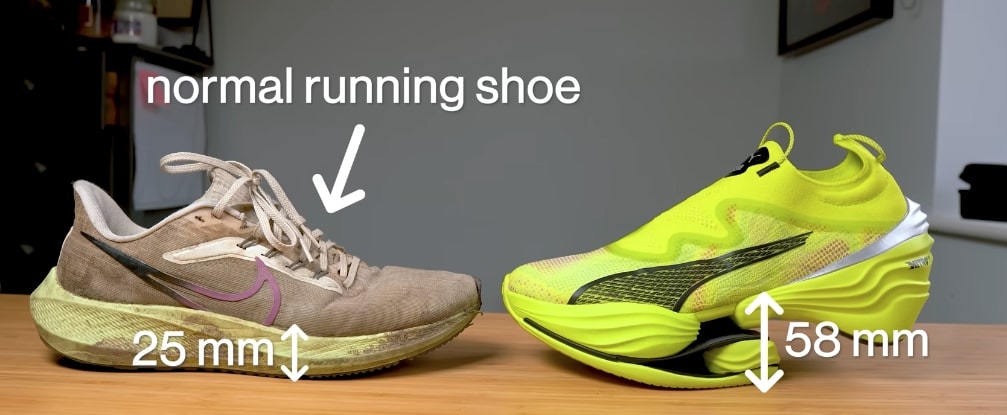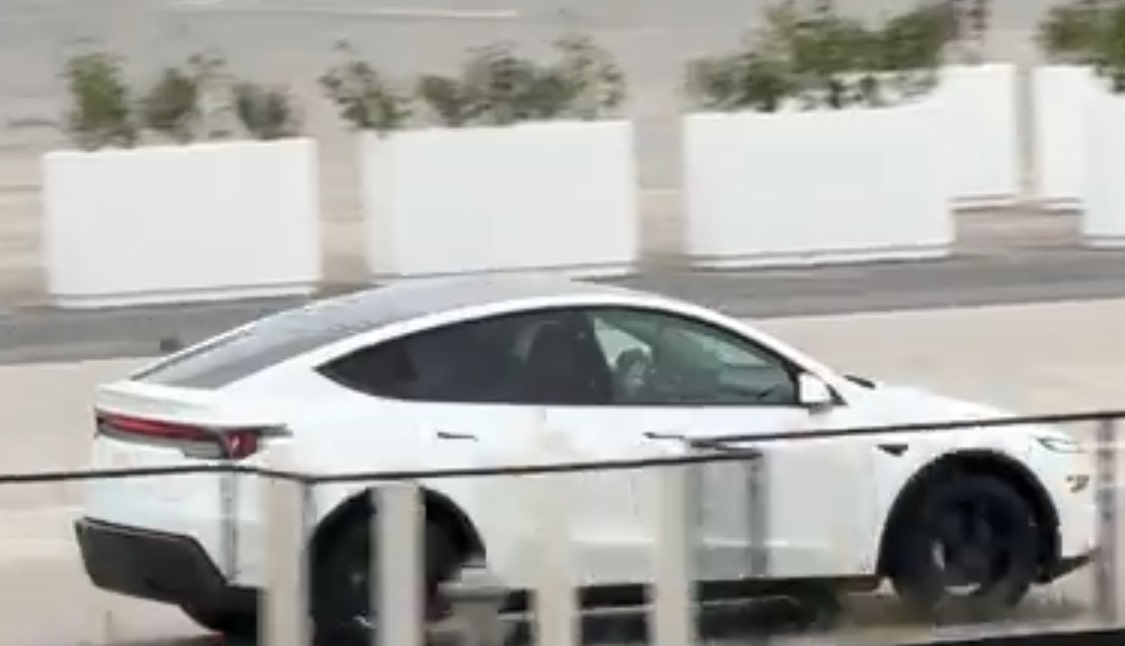Now Reading: NASA’s $7 Billion Annual Spending Faces Scrutiny Over Effectiveness
-
01
NASA’s $7 Billion Annual Spending Faces Scrutiny Over Effectiveness
NASA’s $7 Billion Annual Spending Faces Scrutiny Over Effectiveness

Speedy Summary
- NASA’s budget is proposed to face a 25% cut, reducing it from $25 billion to $18.8 billion.
- The budget would cancel the Lunar Gateway program and halt Space Launch System (SLS) rockets and Orion spacecraft after Artemis II and III missions.
- Past costs of the SLS program:
– SLS (2011-2019) along with Constellation cost $28 billion.
– Projected costs including artemis by 2024: $59 to $69 billion (excluding Orion capsule).
- Comparison with SpaceX systems:
– Falcon Heavy expendable launch costs ~$150M; reusable version ~$95M; performance estimated at 18-22 metric tons TLI capacity.- SLS Block 1 configuration for Artemis II carries over 27 metric tons to TLI but costs over $2B per launch compared to falcon Heavy.
- SpaceX’s upcoming Super Heavy Starship version could potentially be ready by early 2026.
Indian Opinion Analysis
NASA’s proposed budget cuts reflect broader allocation priorities in the U.S., emphasizing reductions in non-defence discretionary spending while maintaining sectors like homeland security and infrastructure. For India, a global leader in cost-effective space exploration through ISRO, this development further underscores it’s comparative strength in low-cost mission planning amidst changing dynamics of international space programs. Reduced NASA spending may shift momentum toward commercial operators like SpaceX or collaborations between nations willing to pursue lunar or planetary goals more economically.
India’s historical reliance on leveraging innovation rather than high expenditure could position ISRO as an appealing partner for nations seeking affordable lunar missions post-Artemis III completion. Moreover, India’s ambitions such as Gaganyaan may benefit strategically if competition among private entities enhances access to cutting-edge technology at lowered costs due to growing commercialization globally.




























